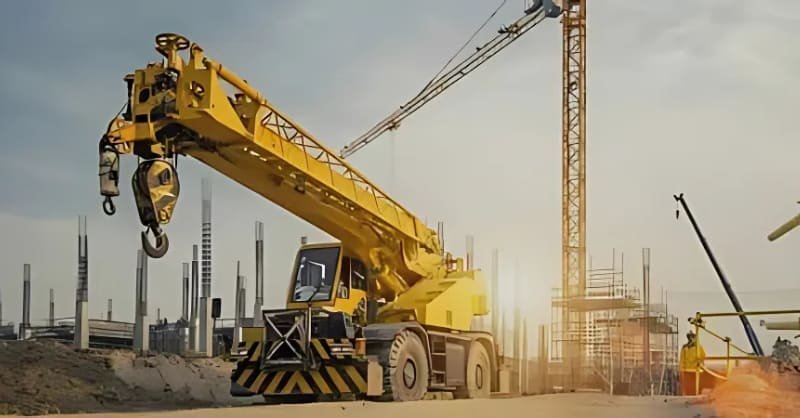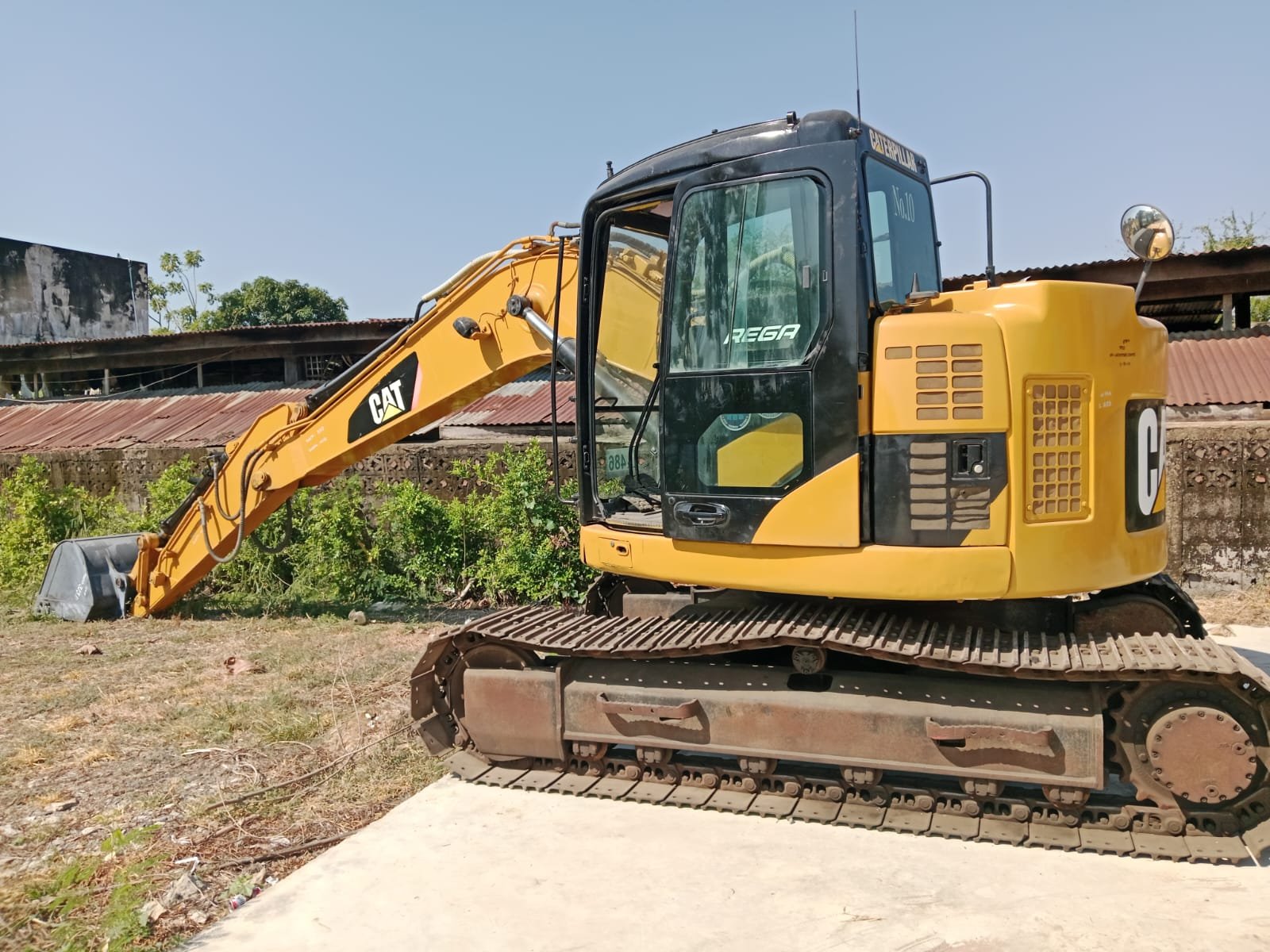Operating construction machinery can be a dangerous job. However, by adhering to strict safety protocols, operators can significantly reduce the risk of accidents and injuries. Here are some best practices for operating construction machinery safely:
1. Pre-Operational Checks:
- Thorough Inspection: Before starting any work, conduct a thorough inspection of the equipment. Check for any signs of damage, leaks, or missing parts. Ensure all safety devices, such as seatbelts and emergency shut-off switches, are in proper working order.
- Fluid Levels: Check and maintain proper fluid levels, including engine oil, hydraulic fluid, and coolant.
2. Operator Training and Certification:
- Formal Training: Operators should undergo comprehensive training on the specific type of machinery they will be operating. This training should cover:
- Machine operation and controls
- Safety procedures
- Maintenance checks
- Hazard recognition and avoidance
- Certification: Encourage operators to obtain relevant certifications to demonstrate their competence and commitment to safety.
3. Personal Protective Equipment (PPE):
- Mandatory Use: Ensure all operators wear appropriate PPE, including:
- Hard hats
- Safety glasses or goggles
- Hearing protection
- Steel-toed boots
- High-visibility clothing
4. Safe Operating Practices:
- Ground Awareness: Always be aware of your surroundings, including pedestrians, other workers, and obstacles.
- Blind Spots: Be mindful of blind spots and use spotters or cameras to assist with visibility.
- Safe Loading and Unloading: Follow proper procedures for loading and unloading equipment to prevent rollovers or other accidents.
- Weather Conditions: Avoid operating in severe weather conditions, such as heavy rain, snow, or high winds.
- Fatigue Management: Avoid operating when fatigued. Take breaks and ensure adequate rest periods.
5. Communication and Signaling:
- Clear Communication: Establish clear communication protocols between the operator and ground personnel using hand signals, radios, or other methods.
- Emergency Signals: Ensure all personnel are familiar with emergency signals and procedures.
6. Regular Maintenance:
- Scheduled Maintenance: Adhere to a regular maintenance schedule to ensure the equipment is in good working condition and minimize the risk of breakdowns.
- Prompt Repairs: Address any maintenance or repair issues promptly to prevent further damage or safety hazards.
7. Safety Meetings:
- Regular Meetings: Conduct regular safety meetings to discuss safety concerns, review accident reports, and reinforce safe operating practices.
By following these best practices, construction companies can create a safer work environment for their employees and reduce the risk of accidents and injuries.
Disclaimer: This blog post is for informational purposes only and should not be considered professional safety advice. Always refer to applicable safety regulations and consult with qualified safety professionals for specific guidance.


